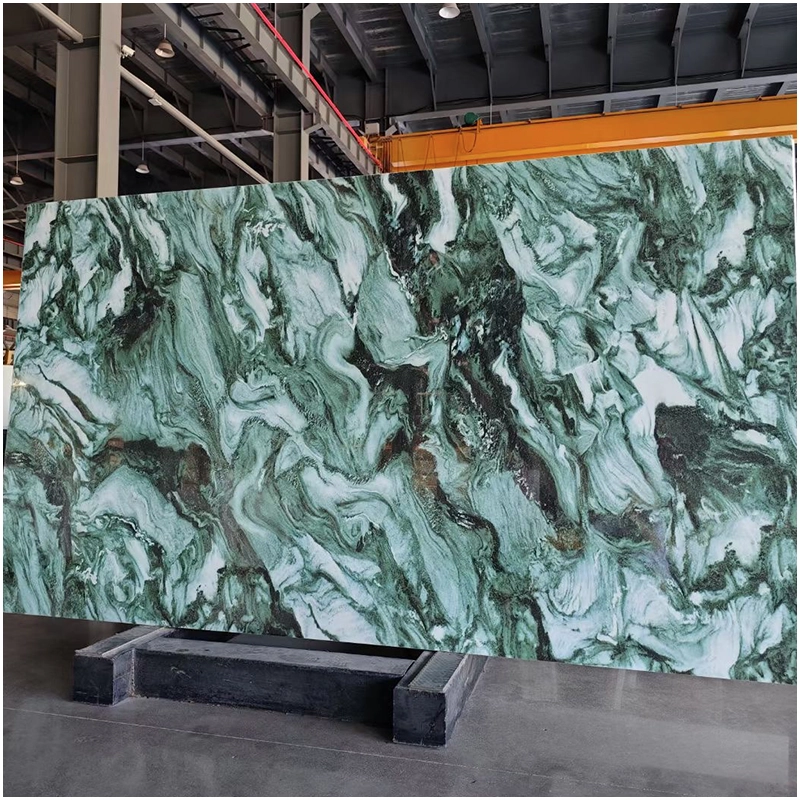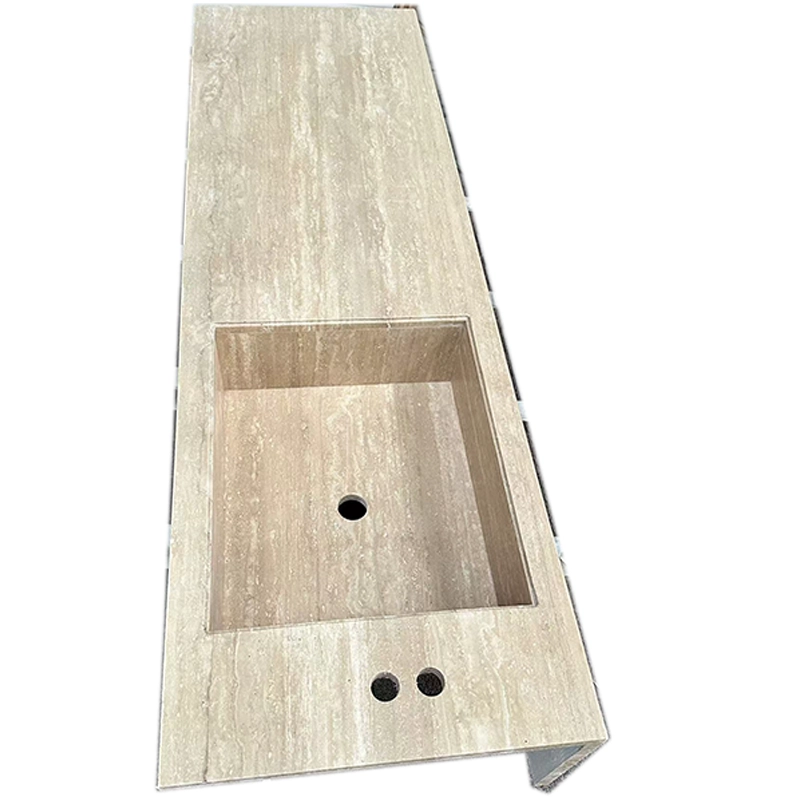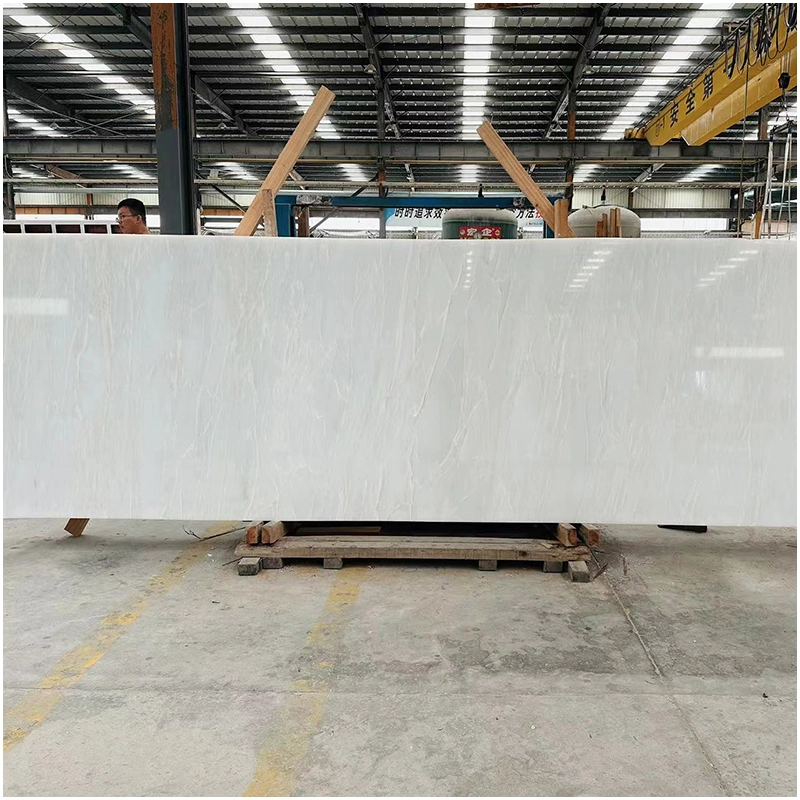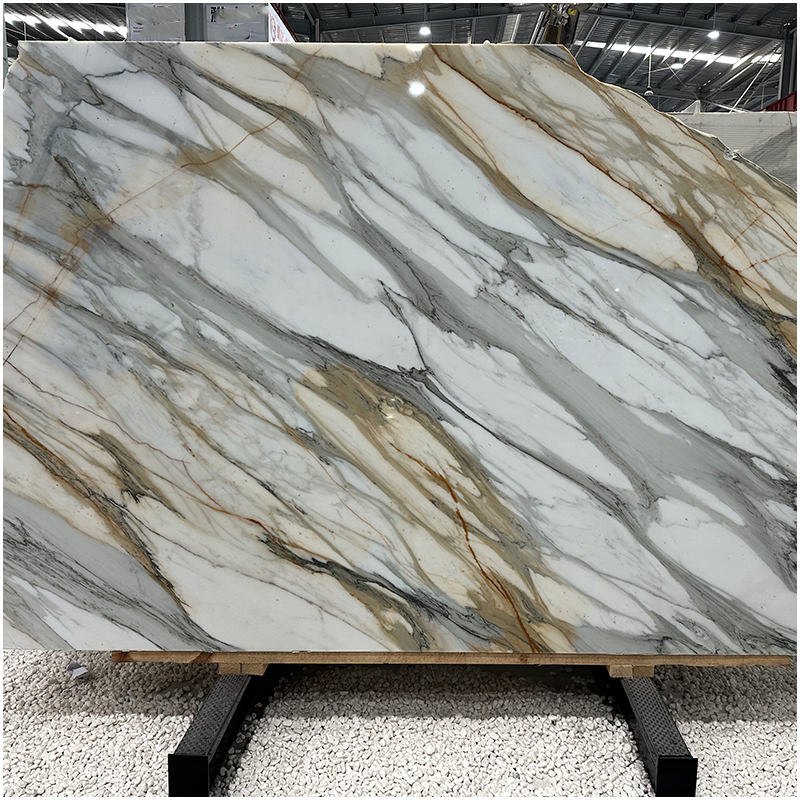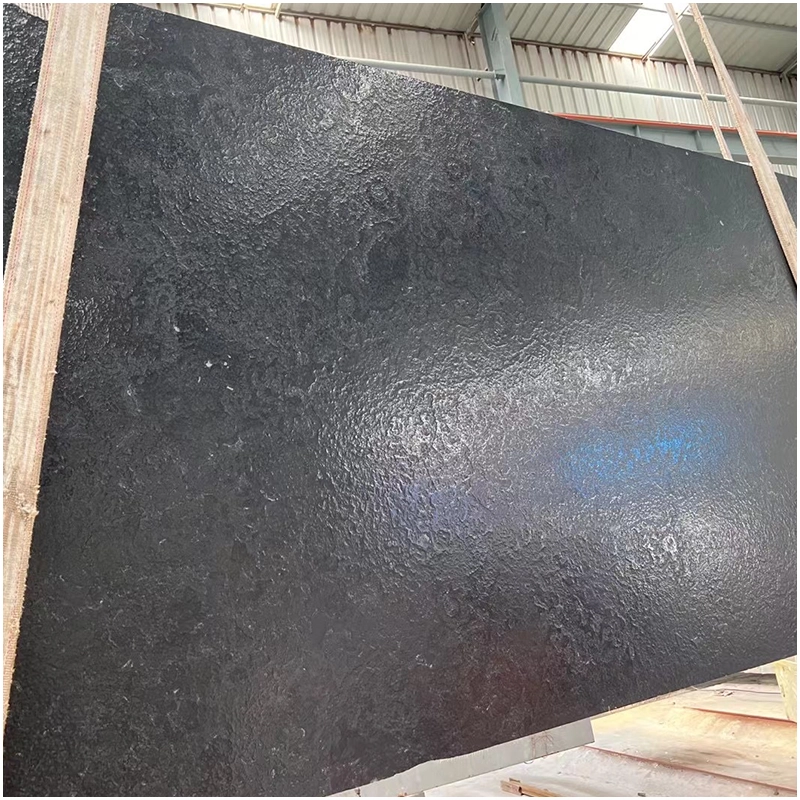Cleaning Marble Floors
Marble floors are popular for their beauty and durability. However, they need to be properly maintained and cleaned to maintain their beauty and longevity. Let’s talk about how to keep marble floors beautiful so that you can enjoy this high-end decorative material.
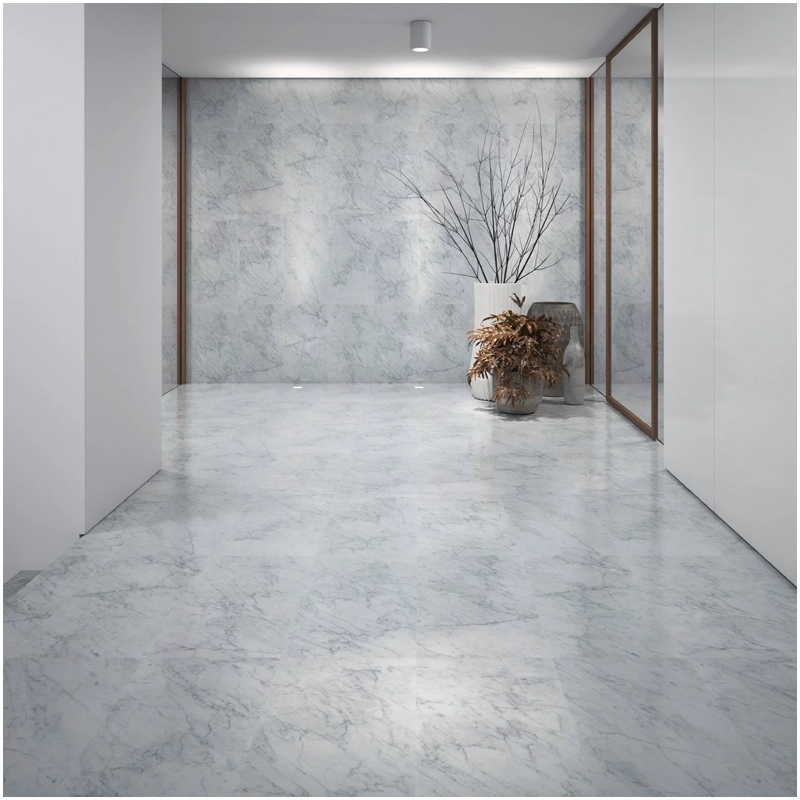
Daily Marble Floor Cleaning
Remove Dust and Trash
Marble floors tend to accumulate dust and debris, so regular cleaning is the basis for keeping them clean.
Use a soft-bristled broom. Use a soft-bristled broom or an electrostatic mop to gently remove dust and other particles from the floor. Avoid using hard-bristled brushes to prevent scratching the floor.
For floor dust, use a vacuum cleaner. Check if the vacuum cleaner has a brush head designed for hard surfaces to prevent damage to the marble surface.
Mop the floor with a wet mop.
Regular wet cleaning can keep the floor smooth and remove fine dust and stains.
Mild detergent: Avoid using acidic or alkaline detergents to prevent degradation of the marble surface.
To dilute the detergent, soak the mop in warm water and wring it out until it no longer leaks.
Gently wipe the floor with a lightweight cotton mop. Avoid using hard mops to prevent scratches.
To prevent water stains, wipe the floor again with a dry mop or dry towel after cleaning to ensure that the floor is completely dry.
Deep Cleaning of Stone Floors
Removing Ridge Stains
Marble floor stains can be stubborn and require special attention.
After using a marble-specific degreaser as recommended, wipe off any oil stains with a soft cloth.
Food Stains: For food stains, mix a neutral detergent with warm water; if necessary, use a marble-specific degreaser.
Water Stains: Use a soft cloth to gently dip a little marble polish to gently remove water stains and restore the surface gloss.
Anti-mildew Treatment
Marble floors in humid places (such as bathrooms) need to be mildew-proofed.
After spraying the recommended specific mildew-proof solution on the marble, wipe it clean.
Ventilation and Dehumidification: Turn on the dehumidifier to keep the indoor air circulated, reduce humidity, and prevent mold growth.
How to maintain marble floors
Waxing and recrystallization are the two major categories of marble maintenance.
Let’s talk about waxing first. Although waxing and polishing marble maintenance is a good maintenance method, it also has several disadvantages. The treated floor looks gray and the wax surface easily accumulates dust.
The wax layer blocks the pores of the marble, preventing moisture from entering and making the marble sick. However, the wax layer is soft and easy to wear, and cannot fully meet the protection requirements of the marble; pedestrians will leave obvious marks after passing by.
Recrystallization treatment.
The recrystallization procedure is more commonly used for marble maintenance.
The mechanical tool part of marble recrystallization is separated from the specific chemical material part. The chemical materials are further divided into two types: granite recrystallization and marble recrystallization.
The basic idea behind stone crystallization is to form a new hard crystal layer by combining certain specific chemicals with the heat generated by mechanical friction on the marble surface. Using these stone recrystallization techniques to maintain granite and marble can produce a bright, natural marble floor. It can also provide additional durability and wear resistance to the marble surface. Once every two years, this maintenance is usually sufficient for granite floors. Although it also depends on the degree of wear on the marble surface, marble floors usually need this maintenance every six months due to texture changes.
Ingredients: neutral detergent or weak alkaline.
Principle of operation: 1. To prevent omissions, pour the diluted stone cleaning solution into the floor scrubber directly from back to front.
2. When scrubbing, turn on the water suction machine and suck out the waste. To reach areas that the floor scrubber cannot reach, soak the detergent in the mop, squeeze it dry and then scrub.
3. After using the detergent to remove the sewage on the ground, repeat the process with clean water.
4. Precautions: If acidic and powdered detergents are used to clean the floor, the marble surface will deteriorate and be damaged.
5. Standard: spotless, bright, free of stains and marks.
Use a clean soft cloth, wipe the marble regularly with a small amount of wet towel dipped in mild detergent, and then wipe dry. Marble that is difficult to handle and severely worn can be polished with steel wool or an electric polisher, or gently wiped with a wet brush. It should be noted that when cleaning stains on the marble surface with vinegar or lemon juice, the lemon should not stay on the marble for more than two minutes. Otherwise, the marble will absorb the lemon and increase the pollution of fresh stone. If necessary, perform the procedure again. Then clean and wipe dry. Specific marble care products can be used to protect minor scratches. Whether the marble is old or expensive, it still needs the attention of a qualified stone care company.
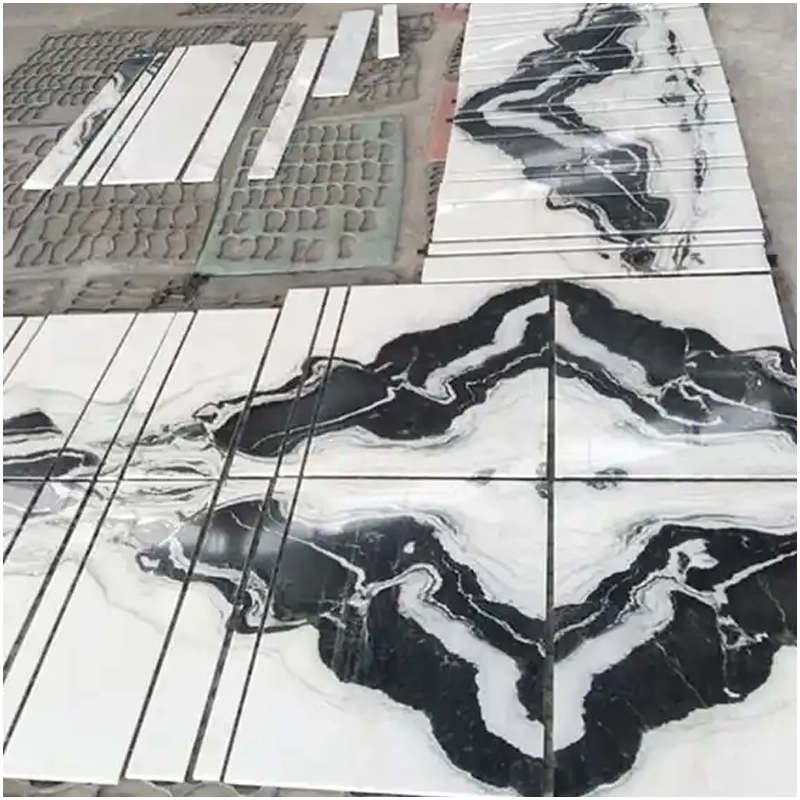
Summary
Through scientific cleaning and maintenance techniques, the life of marble floors can be successfully extended and maintained for long-term beauty. The key to maintaining marble floors includes daily cleaning with a mild detergent and soft cloth, regular waxing and glazing, quick cleaning of spills, and avoiding scratches.

